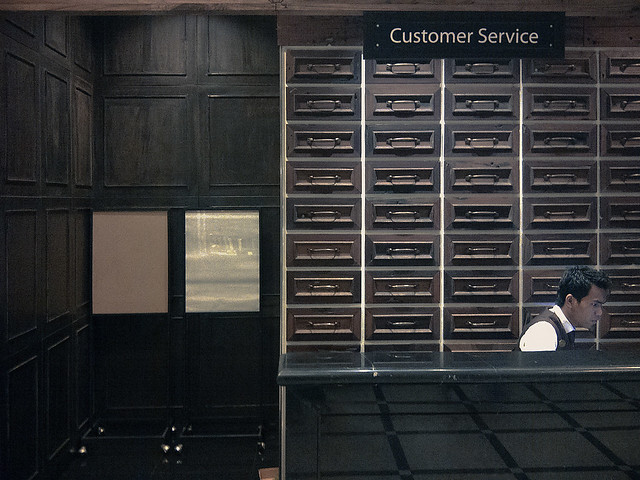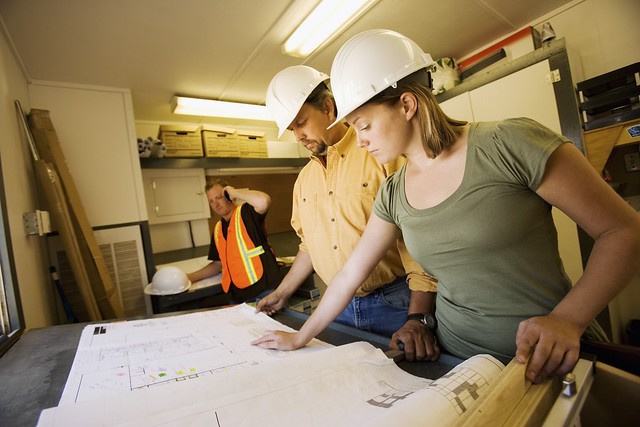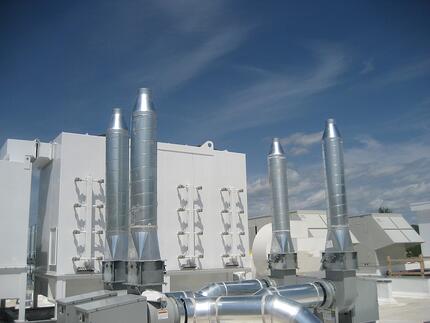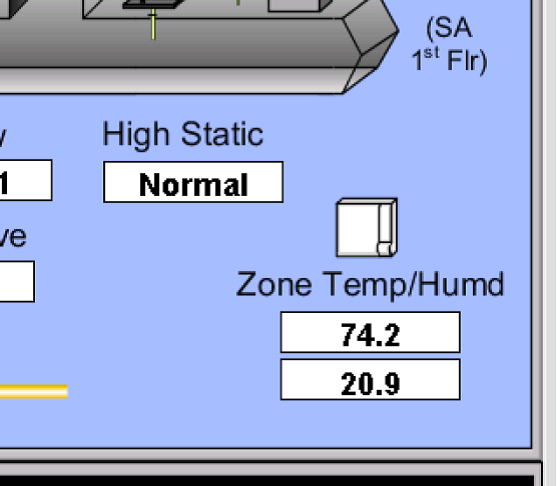As Eveline discussed in her last blog post on green banks, there are significant hurdles to gaining the trust and investment dollars of building owners to support energy efficiency investments. Because as efficiency providers we see these investments as certain, we expect owners to share our view and jump at the opportunity to invest in their property and get a great return. As Eveline mentioned, energy efficiency providers have a significant role in getting owners to adopt efficient practices. Here are five rules that can increase the success of energy efficiency programs and providers:
1. Know the customer – in order to develop a project or program that meets customer needs, the providers need to know the customer. Turn-key programs that use direct install methods circumvent this step by providing free or nearly free installation of new equipment. Custom projects need to be tailored to capture the efficiency opportunities at the site and to meet the needs of the customer.
 Image by Flickr user portable_soul
Image by Flickr user portable_soul2. Customers generally like new stuff – this is a corollary to rule number one. An example of this is the success of direct installation programs. Another is that research is showing that retro-commissioning (RCx) is a hard sell because there aren’t any new shiny toys associated with the project. Instead, a gang of technical experts descend on the building and make it work better. Of course RCx and other controls measures should remain on the table. However sometimes they are more easily sold when packaged with tangible equipment upgrades.
3. Develop measure "packages" that reflect the knowledge of the customer and that address one system or building area comprehensively at a time. This way the customer won’t be overwhelmed with a laundry list of measures. Instead they can select the "Package A" VAV box upgrade which includes new DDC controls, programming and testing, adjusting and balancing at full and part loads.
4. Know the building operators – some operators are computer savvy, while others prefer a more hands on approach in which they focus on equipment maintenance. Either way, energy professionals need to understand the strengths, weaknesses and proclivities of the building O&M staff in order to ensure the measure package will be accepted and even embraced by the building operations staff. I’ve worked on multiple controls efficiency projects where, when we went back to the site to conduct post installation testing, the operators had returned the systems to manual mode because “that’s how it works best.”
5. Follow-up – through my energy program evaluation work I get to see firsthand successful and failed projects. I am often frustrated that when an energy efficiency project fails to deliver savings, the program administrators (PAs) often see the project simply as a black mark against them. What about the customer who invested far more in the upgrade than the PA or utility customers? If we as an industry consistently followed up with customers to verify performance we would be better able to predict the success of various measures and would understand how and why measures fail to deliver the expected savings. We can use this knowledge to design approaches to deal with the failures.
 Photo by Flickr user myfuture.com
Photo by Flickr user myfuture.comCoupled with easy access to capital, these five rules will help ensure a successful energy efficiency project, satisfied customers and a learning experience for the implementer.



